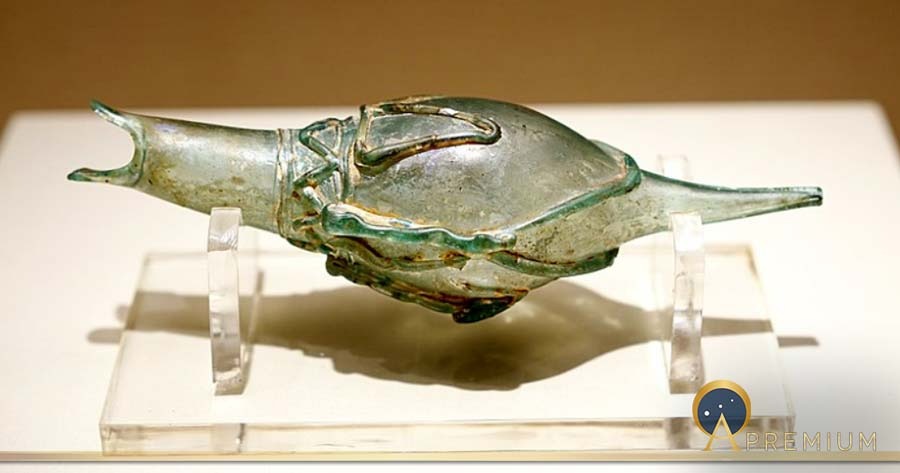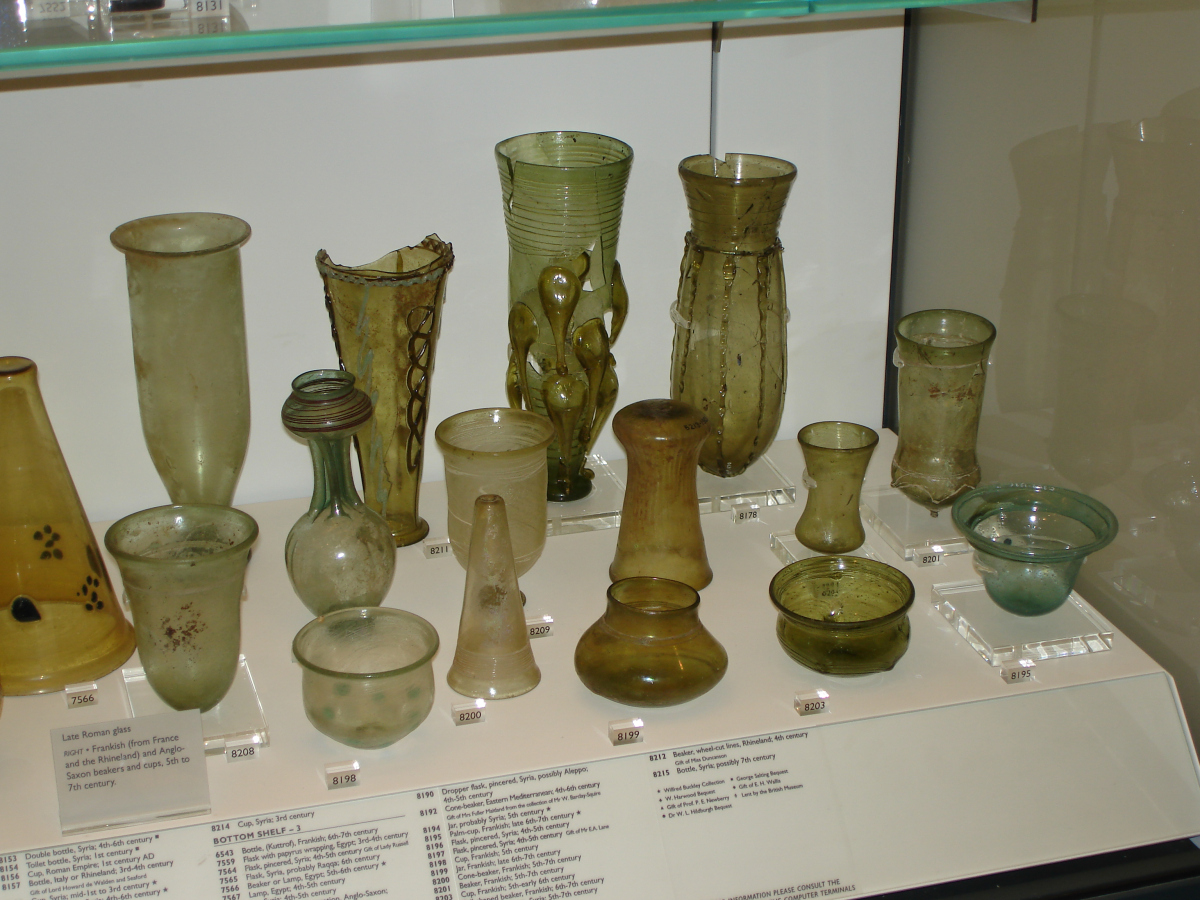CAIRO – 16 May 2022: Today, glass is an ordinary material used mostly in construction, but in history it was among the treasures of kings and their royal dynasties.
The history of the glass industry goes back to at least 3600 years in Mesopotamia (Iraq). However, some archaeologists claim that Mesopotamians were copying pieces of glass from Egypt, while others say that the first glassmakers lived on the northern coast of Syria.
In the old days, glass was made from crushed sand quartz and a variety of different chemicals were developed to impart color. People were limited then to making glass beads, figurines, and raw bottles because they could not inflate spherical shapes, according to the ancient-origins website.

In China, glassware appeared during the Warring States period (475 - 221 BC). Ancient glass in the East and West was a luxury item used to make expensive jewelry and tableware. This transparent and solid material was considered very sacred because it was a mixture of rock, water, and air.
Glass beads have been discovered and made in ancient Mesopotamia and in Egypt around 2500 BC. Glassware first appeared around 1450 BC during the reign of Thutmose III (1490-1436 BC), the sixth ruler of the Eighteenth Dynasty of ancient Egypt. In the Late Bronze Age (1600 to 1200 BC), the use of glass spread to Egypt, Mycenaean Greece and Mesopotamia (Syria and Iraq).

In life, the pharaohs of ancient Egypt surrounded themselves with imported luxury items, and many were buried with them to aid in their journeys into the afterlife. This is evident in the discovery of the tomb of King Tutankhamun, which was discovered by archaeologist Howard Carter in 1925 in the Valley of the Kings.
In the research paper "Tutankhamun's Glass Headrests" written by researchers Katja Broschat and Thelo Reren and published in the Journal of Glass Studies, the funerary mask of Tutankhamun is described as featuring blue and gold glass inlays framing the king's face.
Comments
Leave a Comment